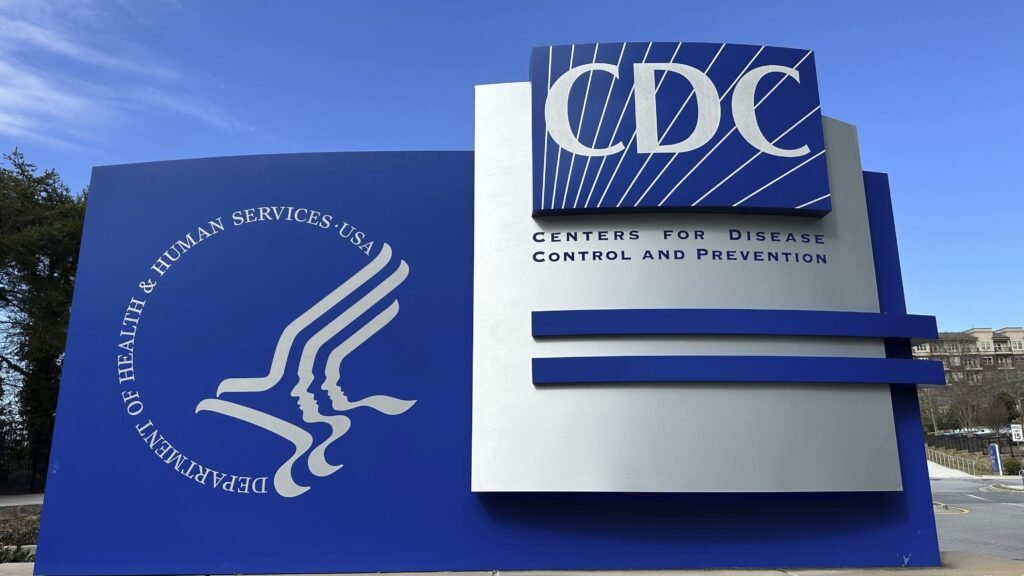The recent diagnosis of New World screwworm in a person who traveled to El Salvador has raised concerns among health officials in the United States. This marks the first reported case in the U.S. tied to travel to a country experiencing an outbreak of the parasitic infection. The Centers for Disease Control and Prevention confirmed the diagnosis on Aug. 4, working closely with Maryland health officials to address the situation.
New World screwworm is a type of fly that lays its eggs in open wounds and body openings, such as the eyes, ears, nose, or mouth. While it primarily affects livestock, cases in humans are rare. It is important to note that the infection does not spread from person to person and poses a very low risk to the general public, according to U.S. health authorities.
The parasite has been a significant concern for ranchers, particularly as infestations have been spreading northward through Central America and Mexico. The CDC is collaborating with the U.S. Department of Agriculture to prevent further spread of the parasite within the country. Historically, the pest was a major issue for the American cattle industry until the U.S. successfully eradicated it in the 1970s.
This recent case serves as a reminder of the importance of monitoring and addressing emerging infectious diseases, especially those that have the potential to impact both animal and human health. Vigilance, collaboration between public health agencies, and proper preventive measures are essential in controlling the spread of such infections.
By staying informed and taking appropriate precautions, we can work together to mitigate the risks associated with diseases like New World screwworm and protect the health and well-being of both animals and humans.


